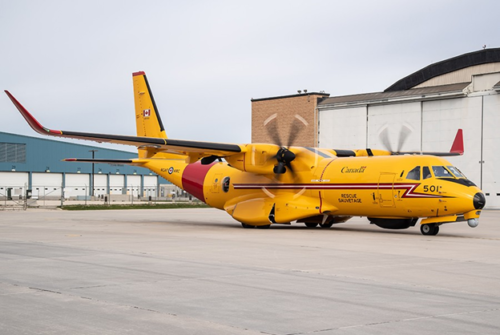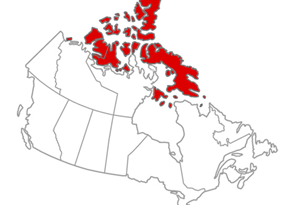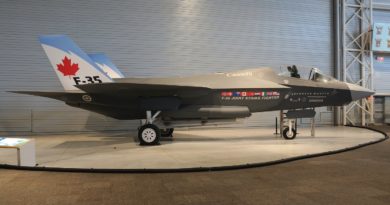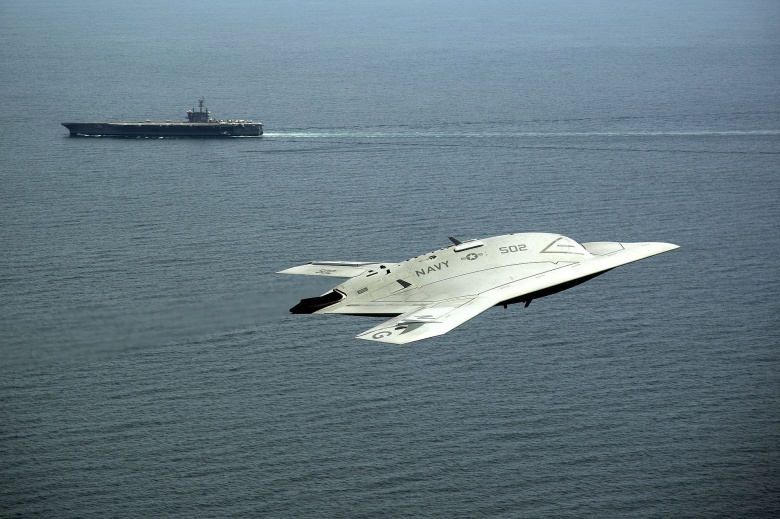The RCAF is on another merry-go-round. This time it’s the Search and Rescue CC295 Kingfisher.
By Murray Lee
A few weeks ago, the Royal United Institute of Nova Scotia released a paper urging the Government of Canada to select the P-8 Poseidon as the replacement for the aging Aurora aircraft rather than develop a “made in Canada” replacement. Fortunately, the P-8 has been selected. In that paper, we recapped the saga of the Sea King replacement, the Cyclone, as a 20 year unnecessary “made in Canada” solution for procurement of an aircraft for the RCAF. We now appear, on a somewhat limited scale, to have repeated that mistake with the replacement for the CC115 Buffalo and CC130H Hercules, the CC295 Kingfisher, which is based on the Airbus C-295 airframe. The Department of National Defence (DND announced in May of this year that the Kingfisher project will be delayed by a further two years and that we will not see the Kingfisher carrying out search and rescue (SAR) duties until 2025or 2026. Another 10 year debacle!
Let’s look at the timeline for this project:
The contract for 16 aircraft was signed on 1 December 2016. Canadian Forces Base Comox was selected as the Kingfisher training centre.
The first aircraft was accepted by Canada from Spain on 18 December 2019. At time of writing, five of the 16 aircraft are now in Comox. Canada accepted the fifteenth aircraft in Spain in December last year. In May of this year, initial aircrew and maintenance training was completed.
The timeline stated above tells us that we have trained air and ground crews and 15 aircraft delivered yet we will not see these aircraft operationally for two or more years. To RUSI(NS), this is an unacceptable situation. Why has this happened?
Delving into the situation, here is what we have discovered. Reliable sources tell us that the Fixed-Wing Search and Rescue(FWSAR) aircraft replacement remains amongst the most disappointing procurement projects in Canada. We will not go into the horrible situation with respect to the Kingfisher selection process, suffice it to say if readers are really interested in the fiasco which followed, read Richard Shimooka’s article published on 30 May 20221. In his article he quotes in part:
“Since winning the competition, the C-295 has struggled to meet its promised performance. Modifications have increased the aircraft’s weight and is now underpowered for its missions. In the event of an engine failure, such as during take-off or when flying through mountainous terrain, the aircraft might not have sufficient power to operate safely. This, along with a number of other major deficiencies, such as with its avionics, operation in icing conditions, paradrop limitations and problematic centre of gravity, severely impacts the aircraft’s ability to operate effectively, and even safely, in its given role.”
According to DND, extended timelines associated with the design and development of the capability, along with other factors such as unforeseen technical issues (which Richard has highlighted) have resulted in the delay of the Kingfisher’s operational capability until 2025-2026. In addition, the unforeseen issues and extended timelines have “compounded the complexity of the project and the volume of remaining work. While the delay is unfortunate, these types of issues are not unusual given the complexity of the capability being developed,” stated the DND press release.
Reading between the lines, it’s no wonder the Kingfisher has not been seen in Canadian skies.
We believe the project is in real trouble and the government appears to be kicking the can down the road in order to avoid another national embarrassment.
The Canadian public should be concerned. The true story needs to be circulated and the RCAF needs a procurement system which works, not a cut and paste system which we seem to have adopted. We spend far too much of precious defence dollars on “made in Canada development” and not on purchasing reliable equipment which has been proven by other nations.
In this writer’s opinion, there could be a possibility this project will not see the light of day. A dire prediction, but one which needs to get out to the public to avoid future purchases like this. And this applies not only in the case of the RCAF but for the other services as well.
The Canadian government and its procurement system badly needs a wakeup call.
Note 1: Richard Shimooka, Sovereignty in the Arctic and the struggles of the CC-295 Kingfisher, Accessed 18 December 2023 https://macdonaldlaurier.ca/sovereignty-in-the-arctic-and-the-struggles-of-the-cc-295-kingfisher-richard-shimooka-in-the-hill-times/
Murray Lee is a retired pilot of the Royal Canadian Air Force.




